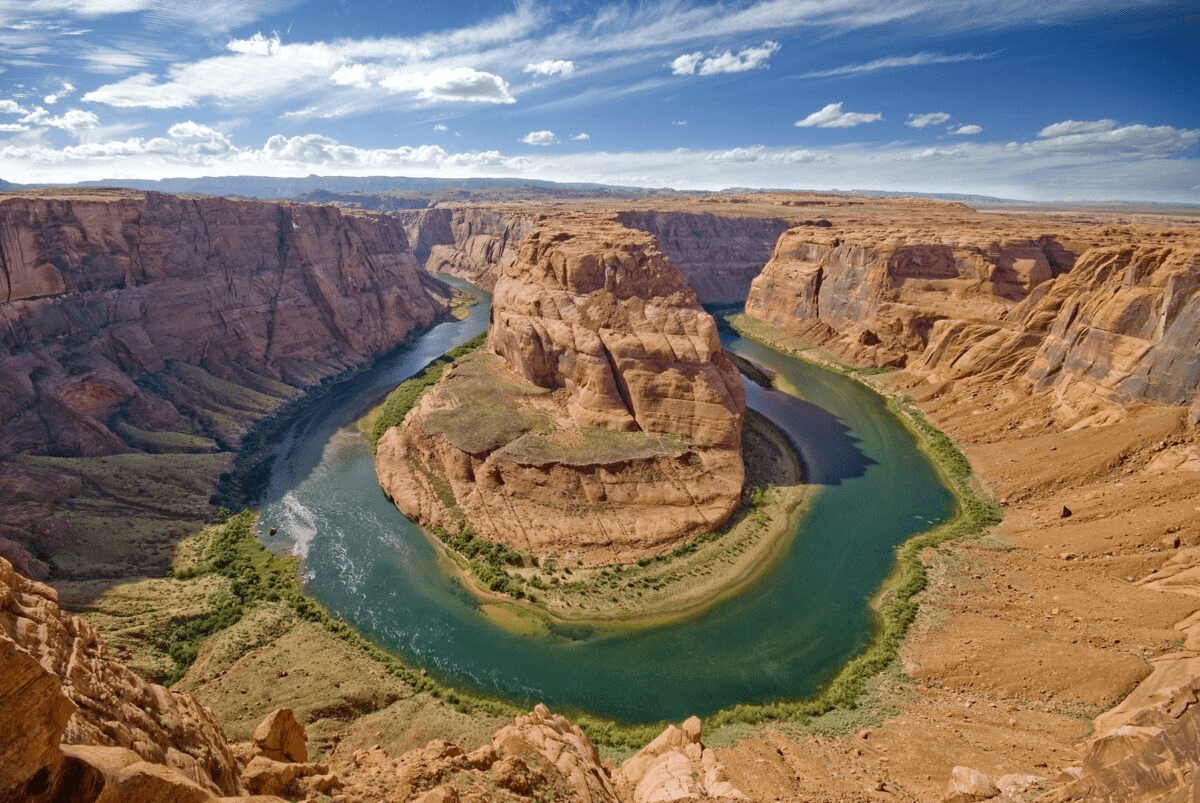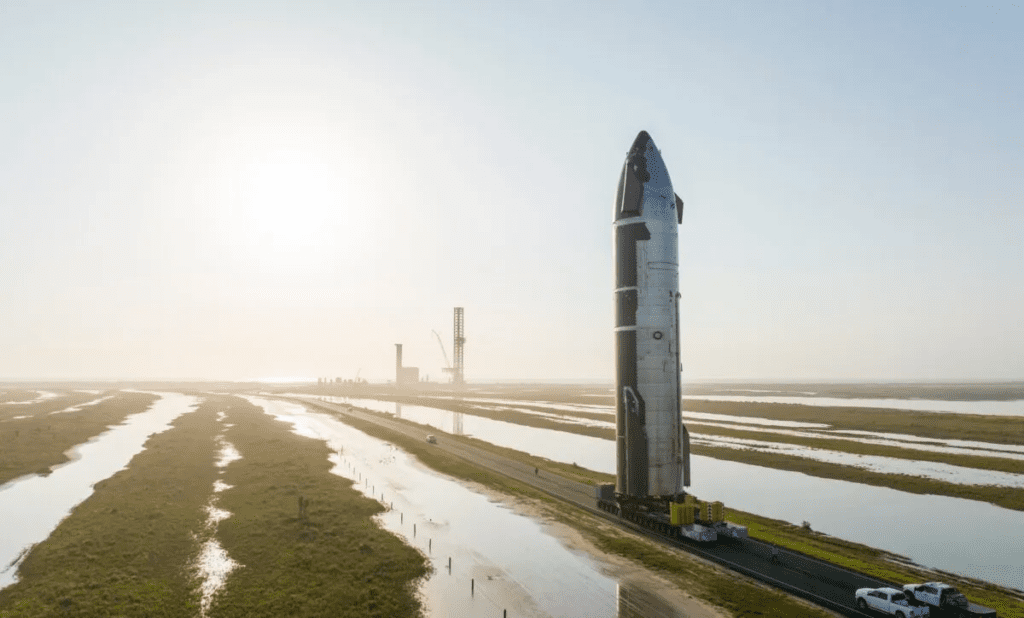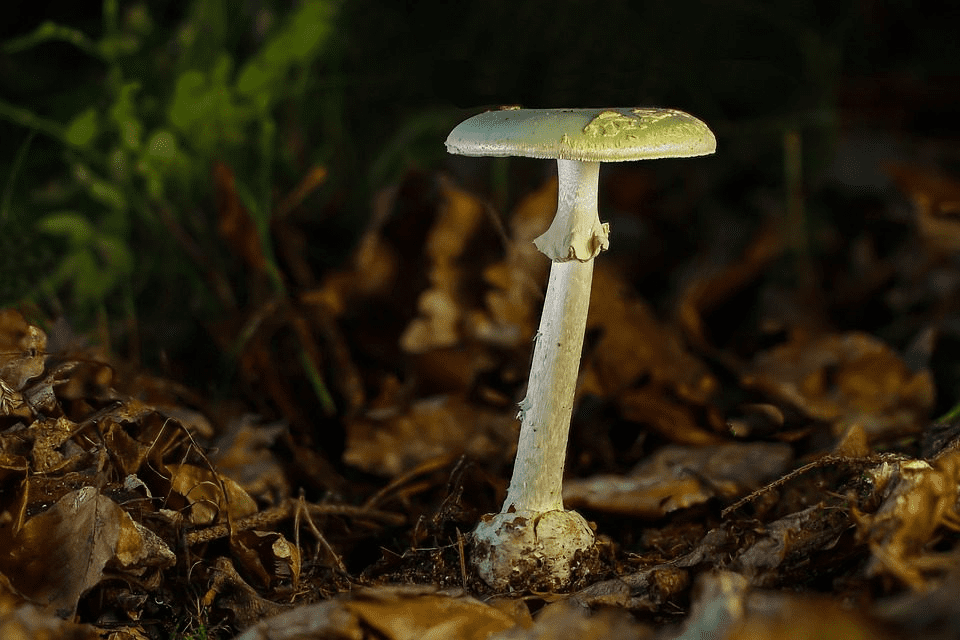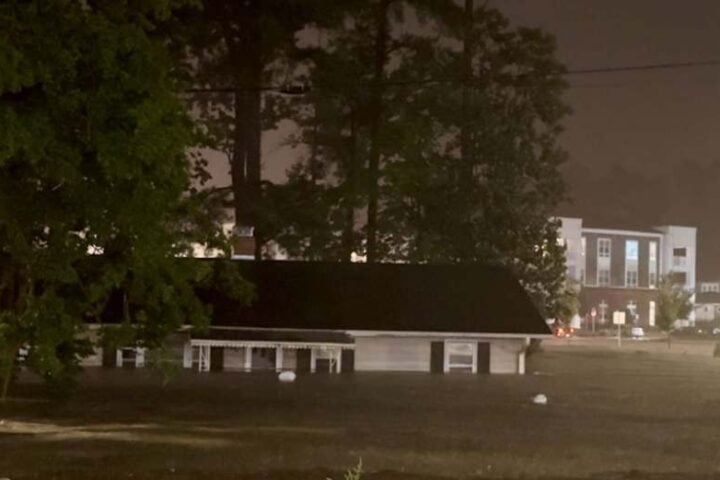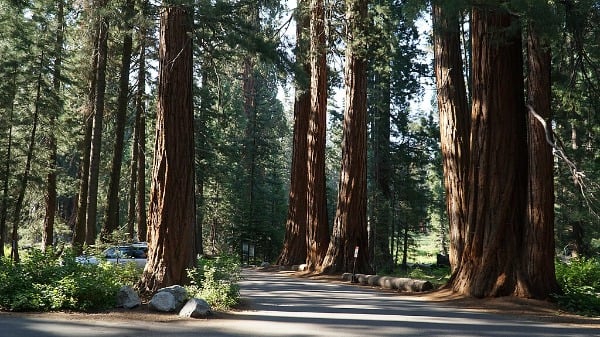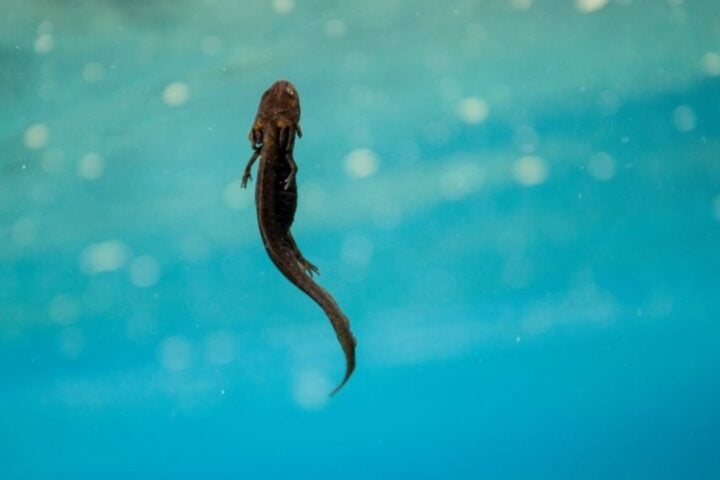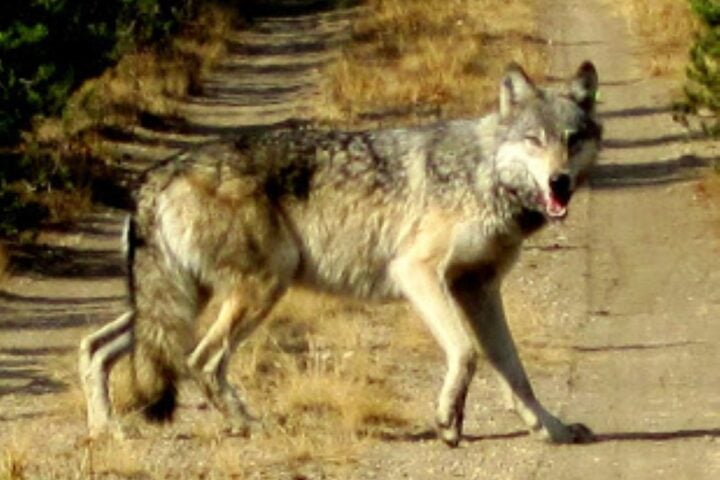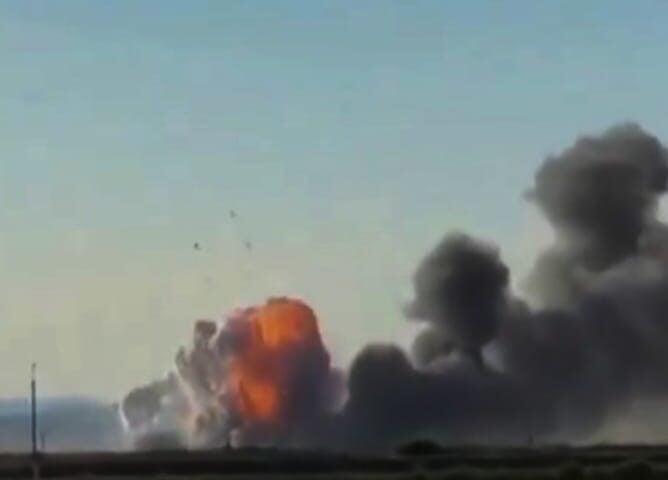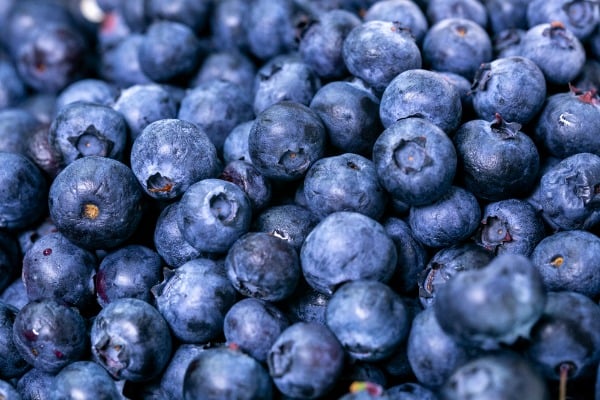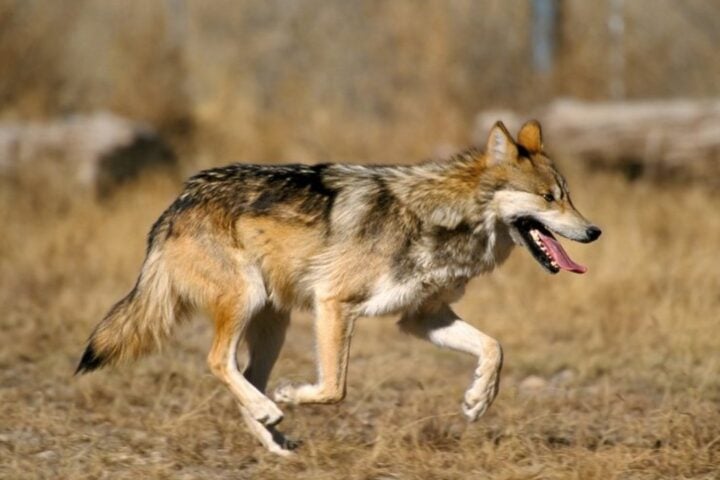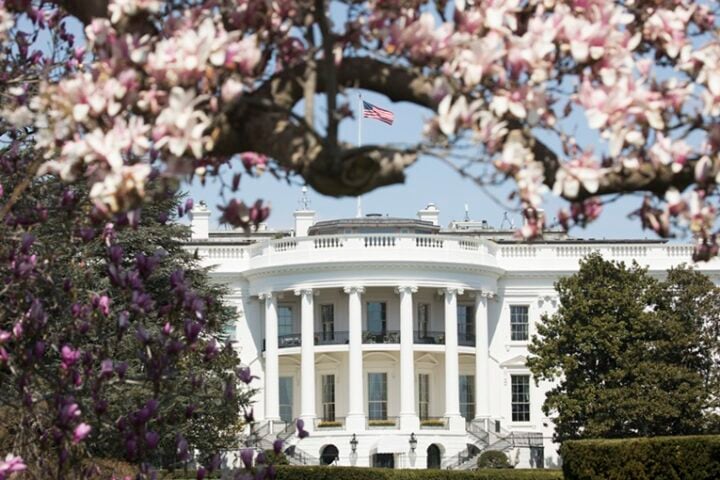Despite a recent increase in snowpack in the Sierra Nevada, the persistent water shortage in the Colorado River Basin will not see a significant improvement. This critical water source supplies seven states, tribal nations, and Mexico, but due to rising temperatures and aridification, the flow of the river has declined over the past 23 years. As a result, the two largest reservoirs in the basin, Lake Mead and Lake Powell, are only 70% and 23% empty respectively. Even with this winter’s above-average snowpack in the Rockies, experts predict low reservoir levels will persist for years to come, with some doubting the reservoirs will ever refill to capacity. This is due to increased demand for water and a trend towards warming and drying. The federal government is pressuring all parties to agree on cuts to prevent the reservoirs from reaching dangerously low levels, but there is disagreement over how to implement these cuts.
Scientists have been warning of the impending crisis for years. A study from 2008 showed there was a 50% chance the usable water supply in Lake Mead and Lake Powell would be gone by 2021. This was followed by another study in 2009 which stated that the future water deliveries from the Colorado River were not sustainable, based on projections with climate change or even the long-term average flows. The decline in reservoir levels is due to the agreements not accounting for the changes in water inflow caused by climate change. The chance of refilling decreases from 75% today to 10% by 2060 if no changes are made in delivery schedules.
Rising temperatures lead to increased moisture evaporation and more water consumption by vegetation, leaving less water flowing in streams. The National Climate Assessment predicts an ongoing decline in inflows while also highlighting the likelihood of more extreme weather events such as intense atmospheric rivers, periodic flooding and extreme storms. Despite a potential increase in reservoir levels this year, the real test will come in the spring, with the hot and dry weather playing a significant role in melting the snow and preventing it from reaching the reservoirs. The Colorado River Basin will require a much wetter decade than average to see any substantial improvement, and it is considered “water management malpractice” to bet against the trend towards warming and drying. The urgency to find a solution is increasing as scientists warn of the severe impacts of climate change on the Colorado River.
